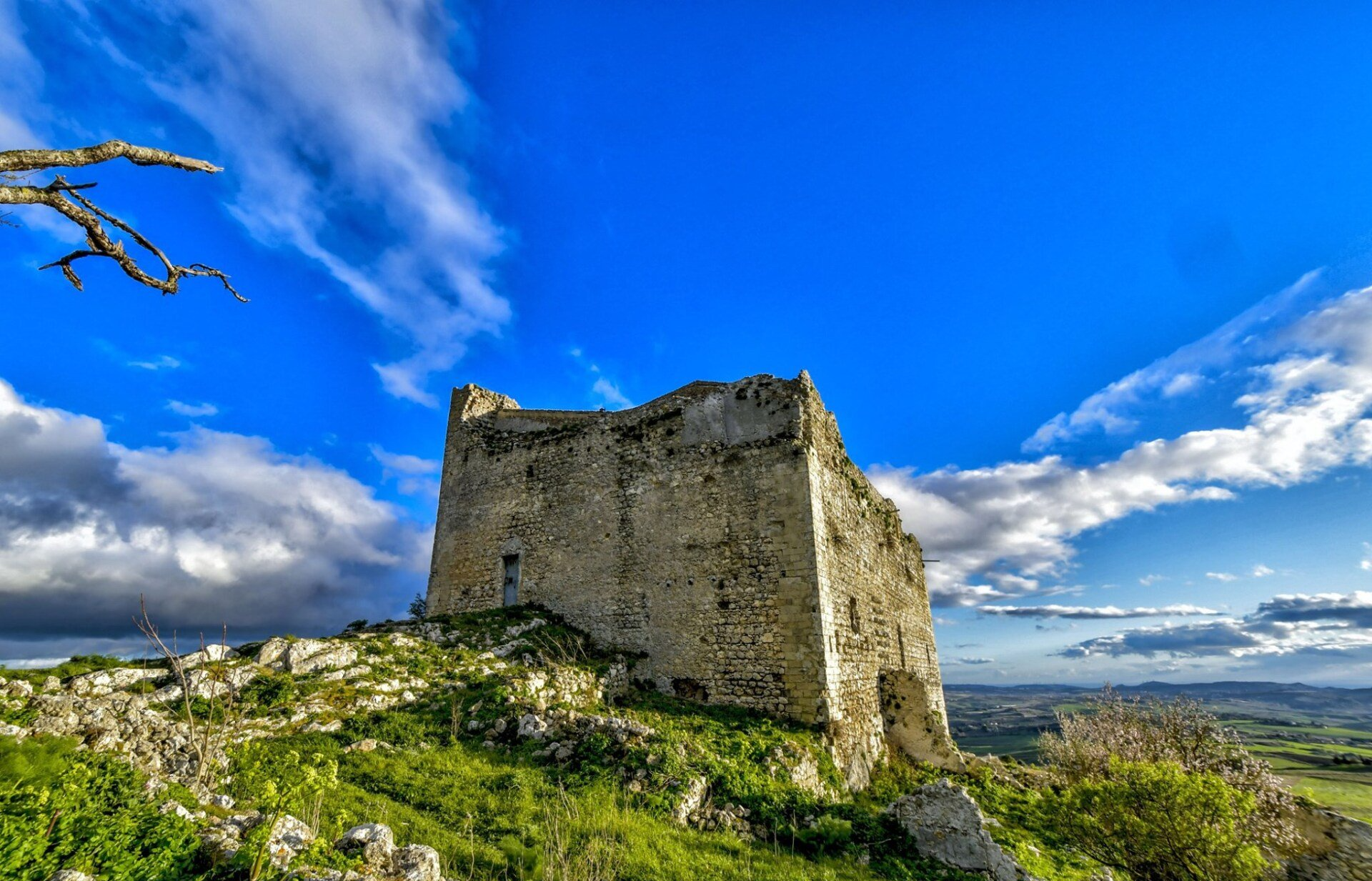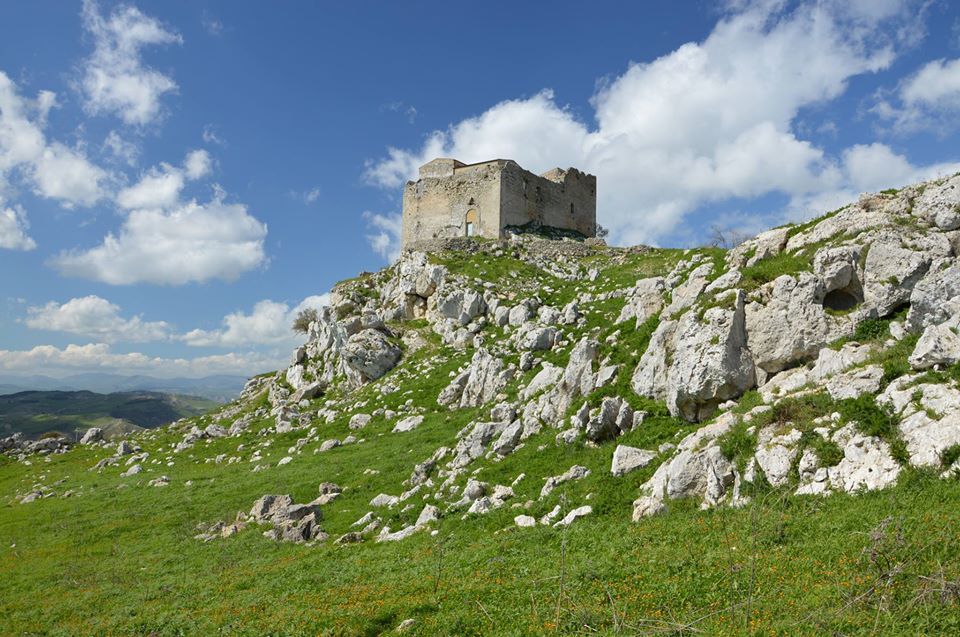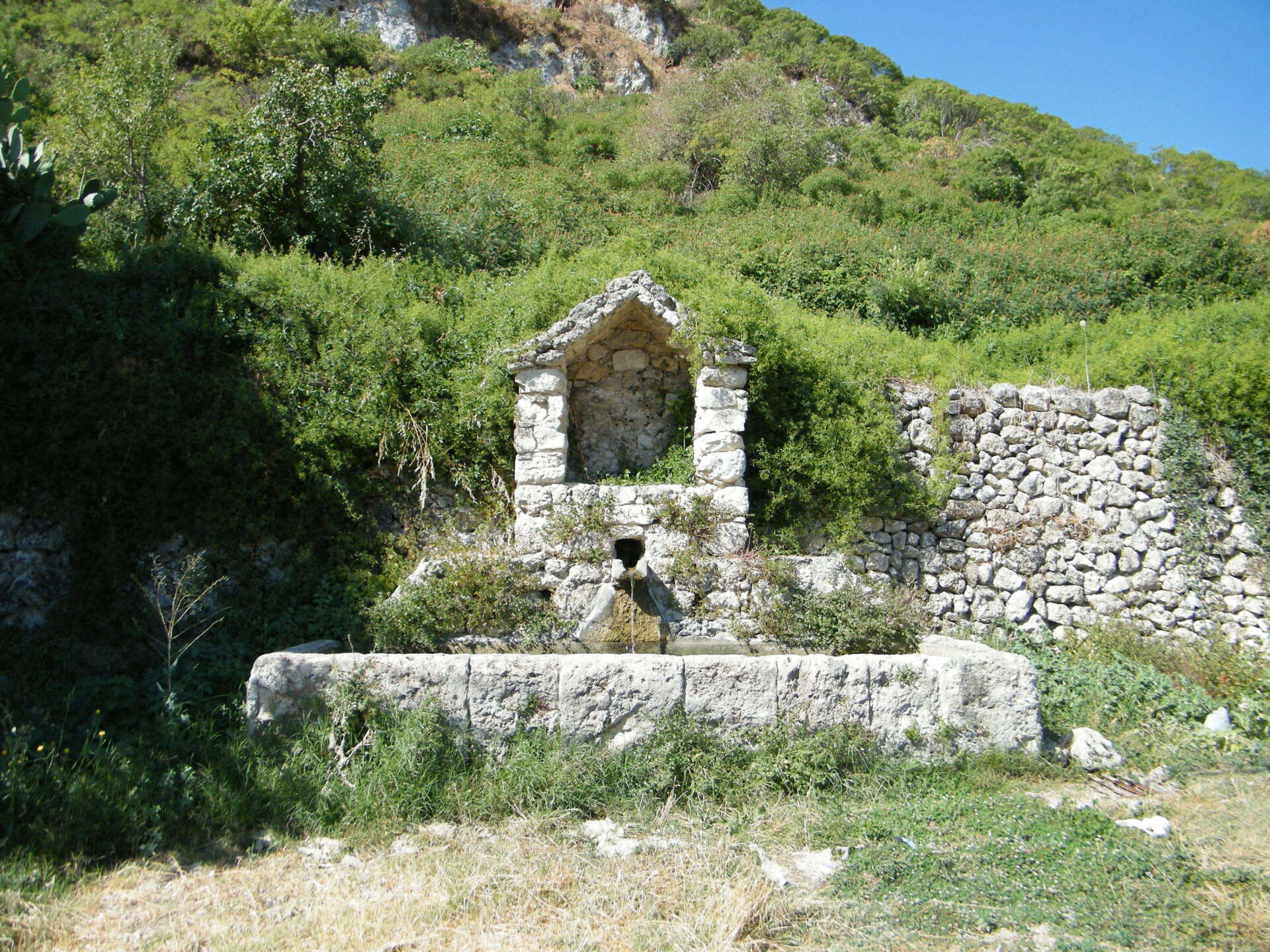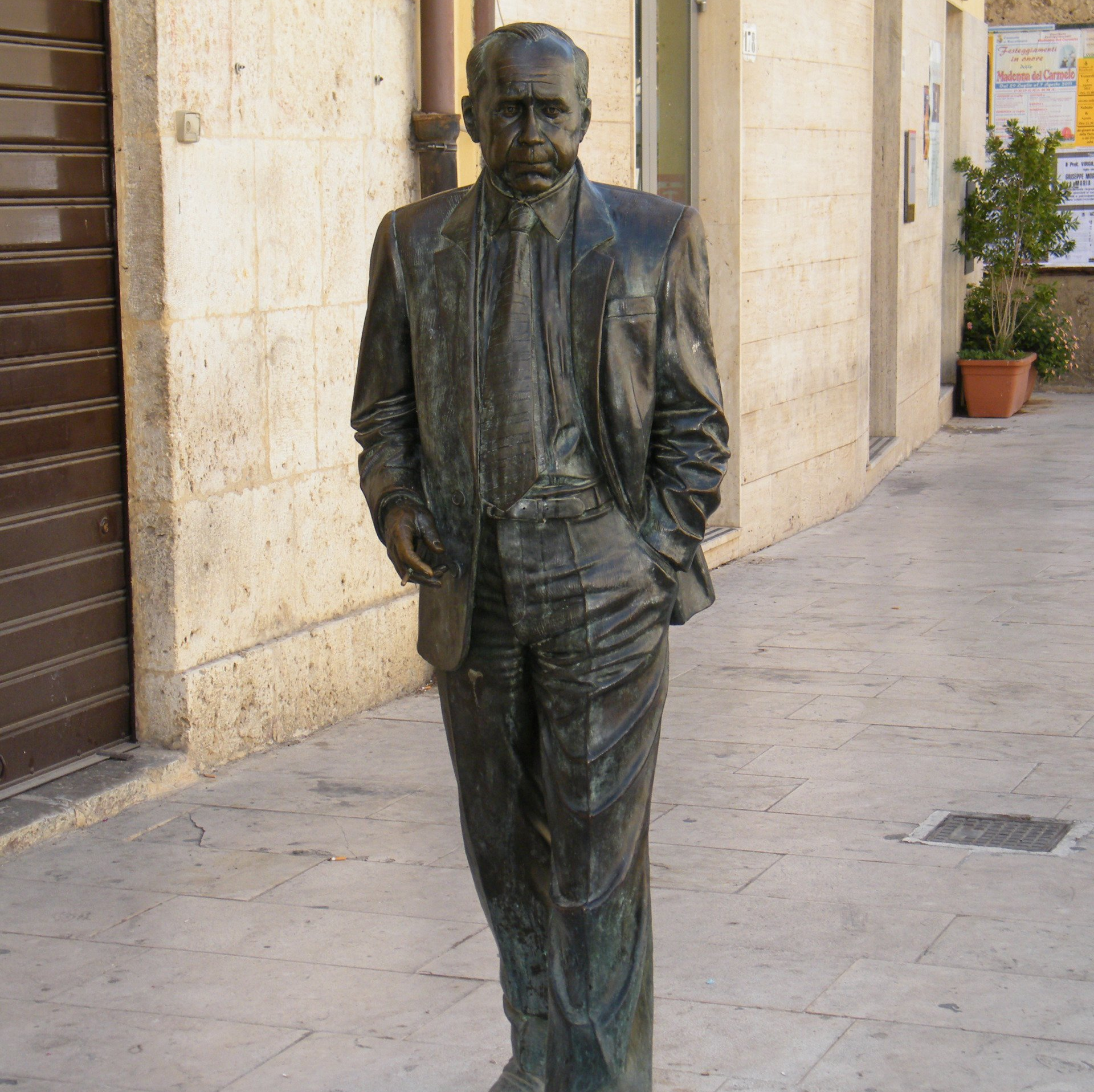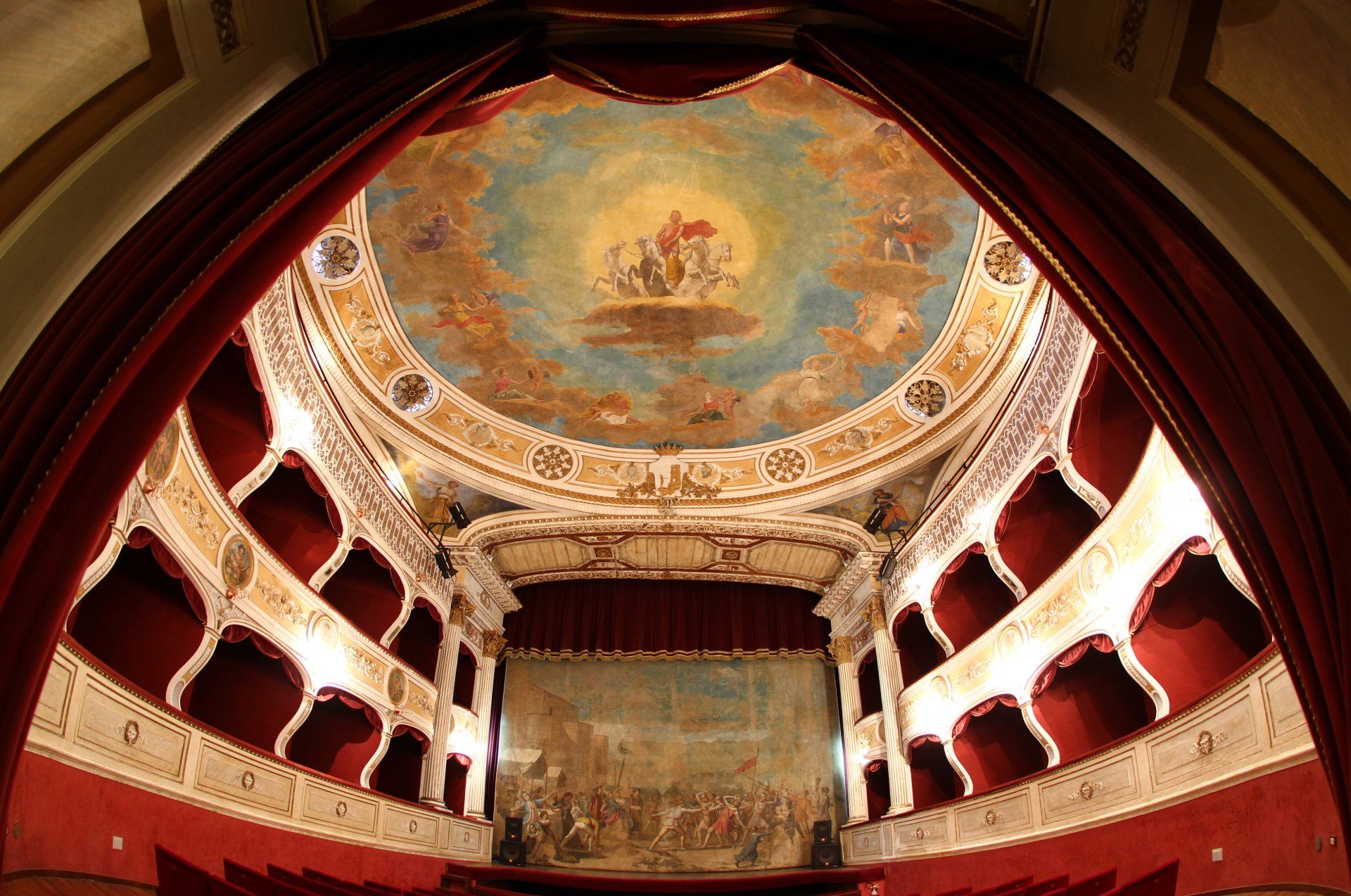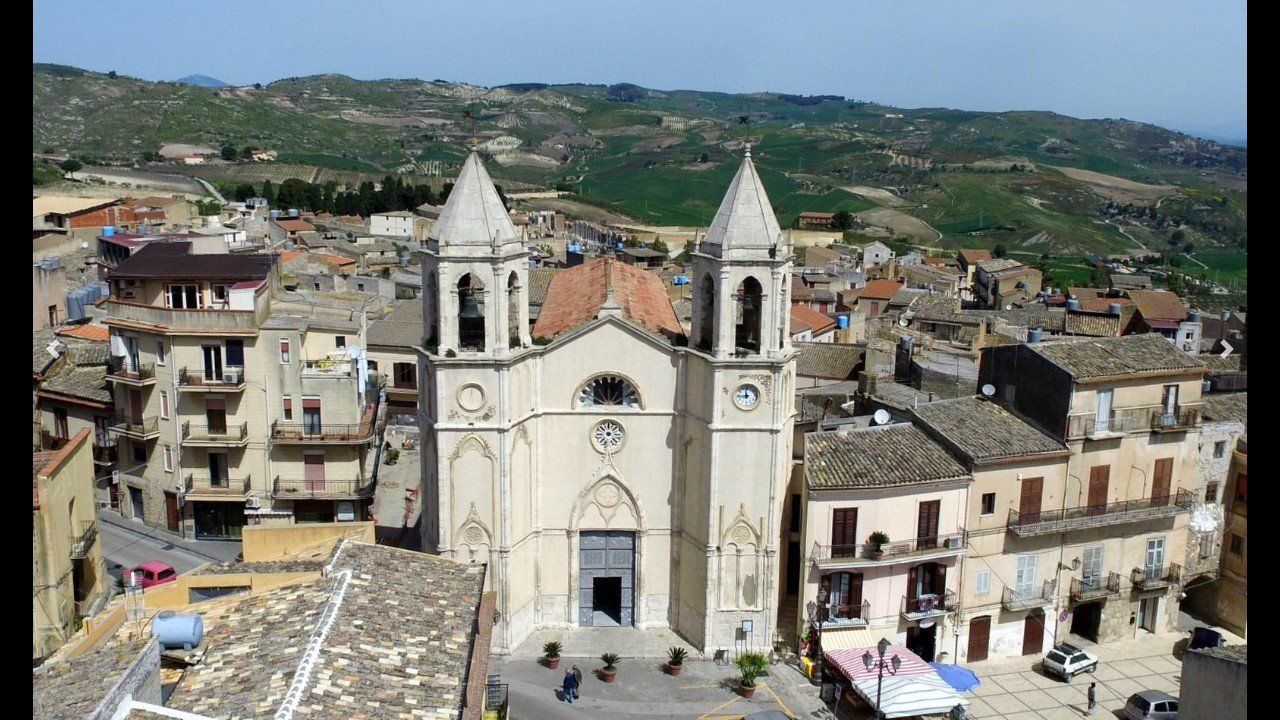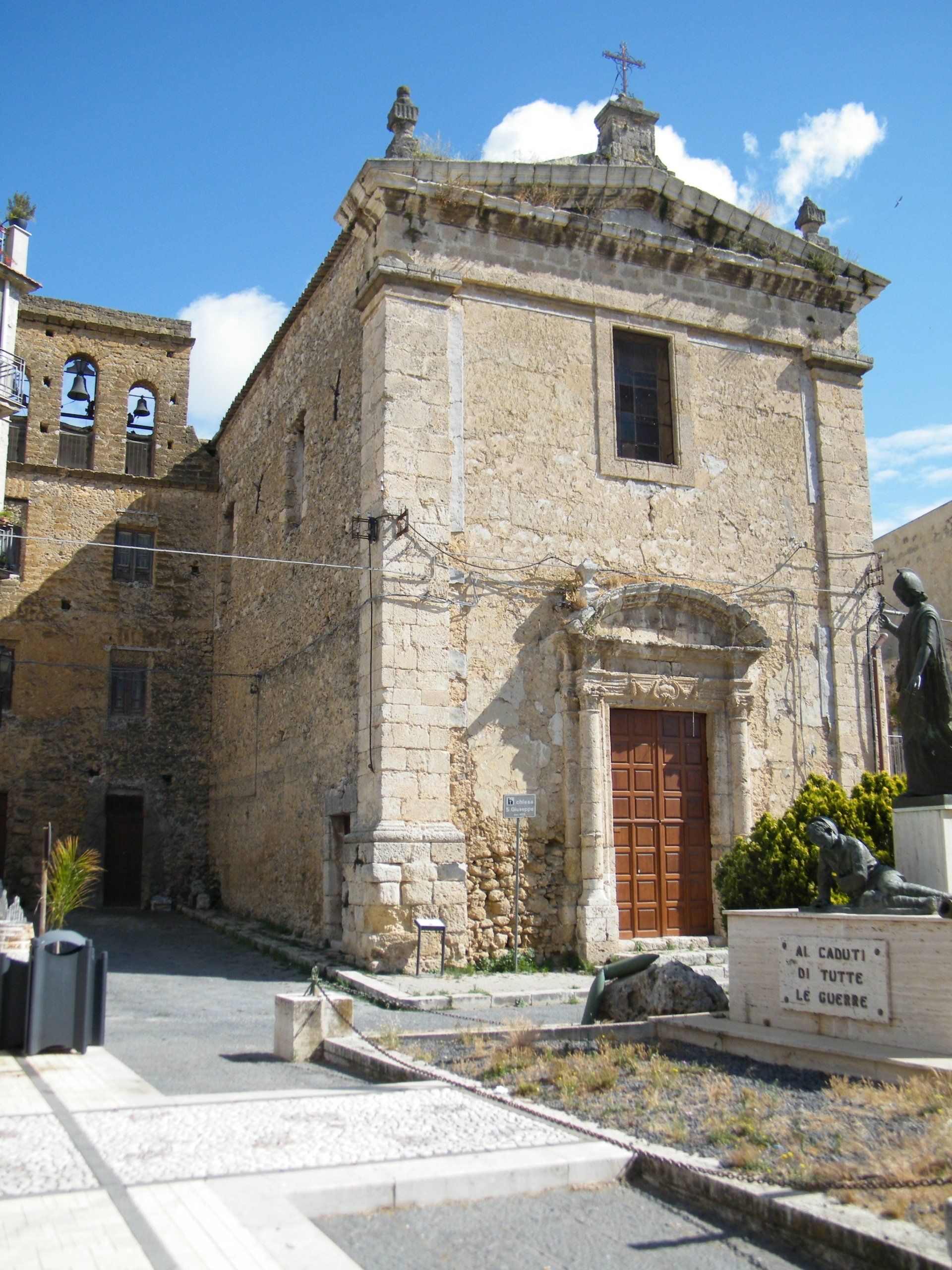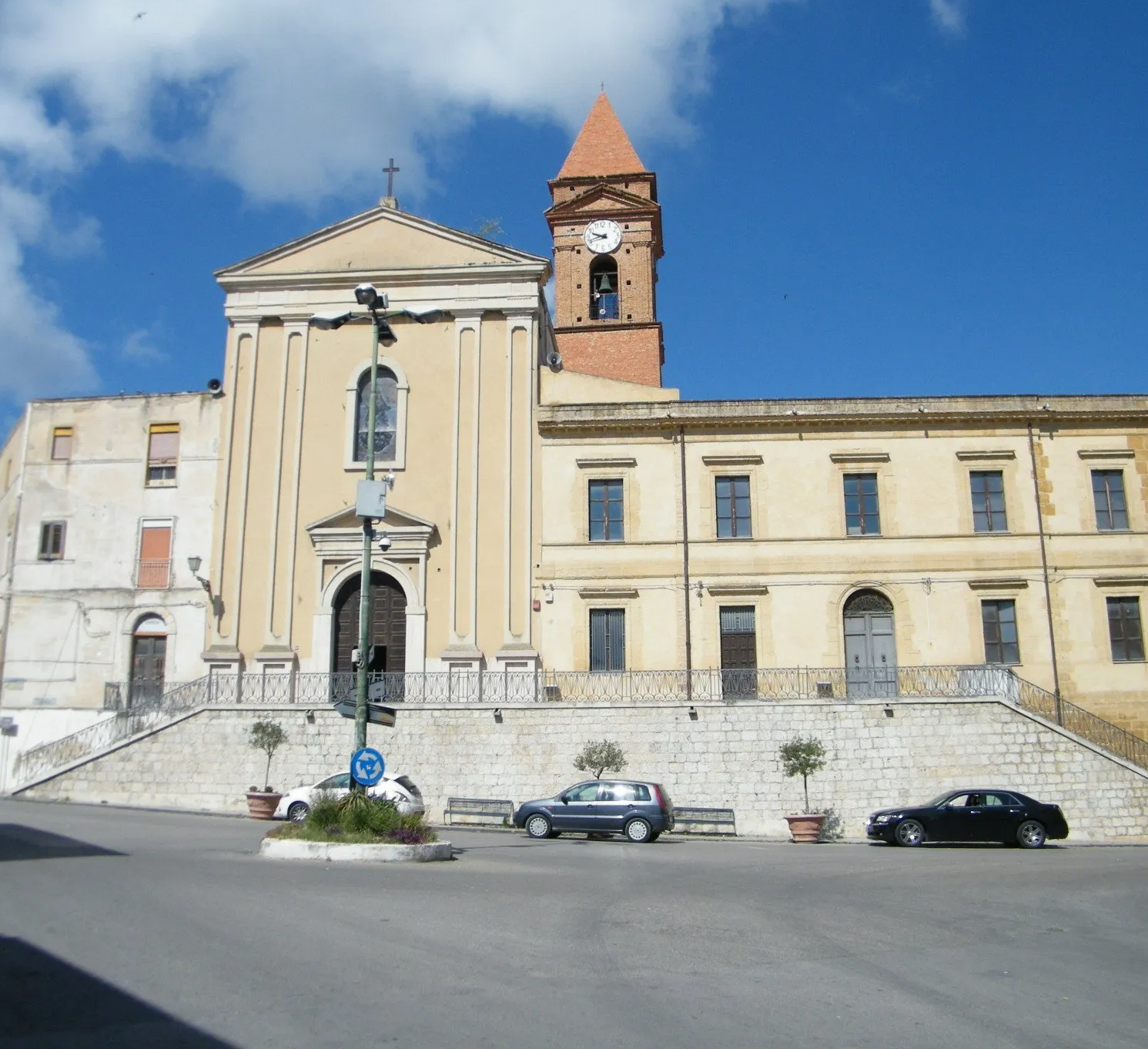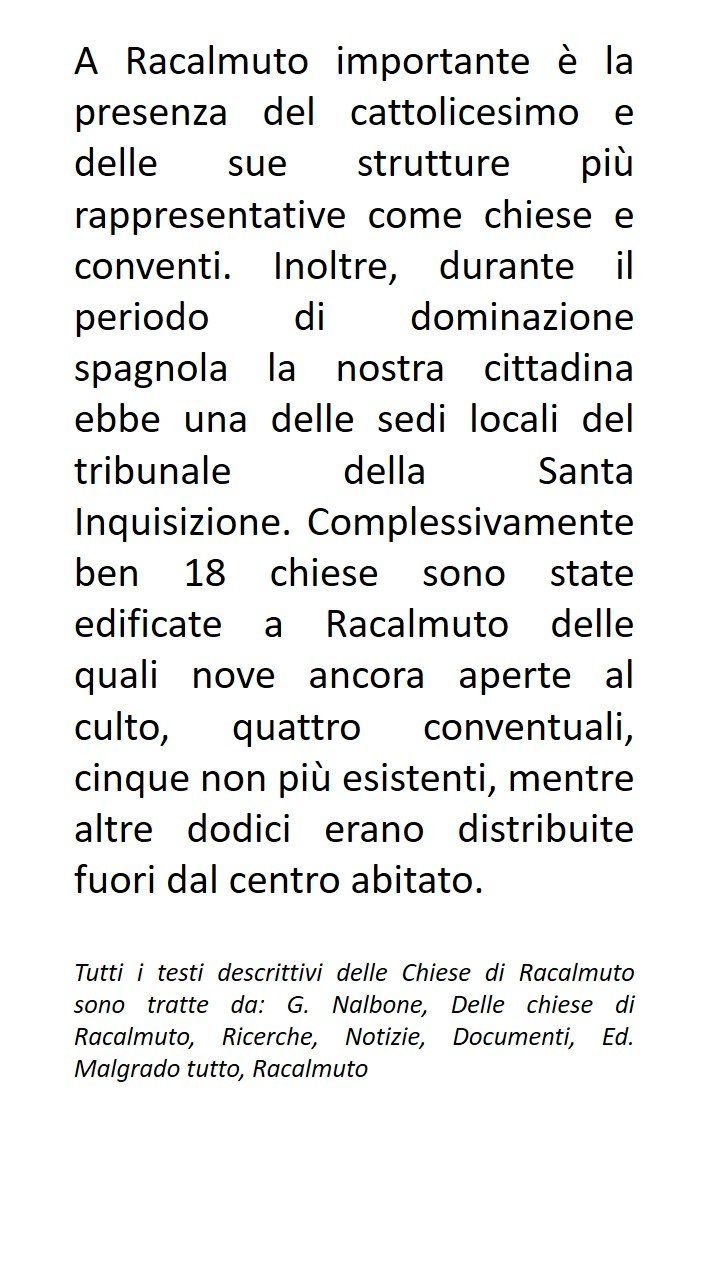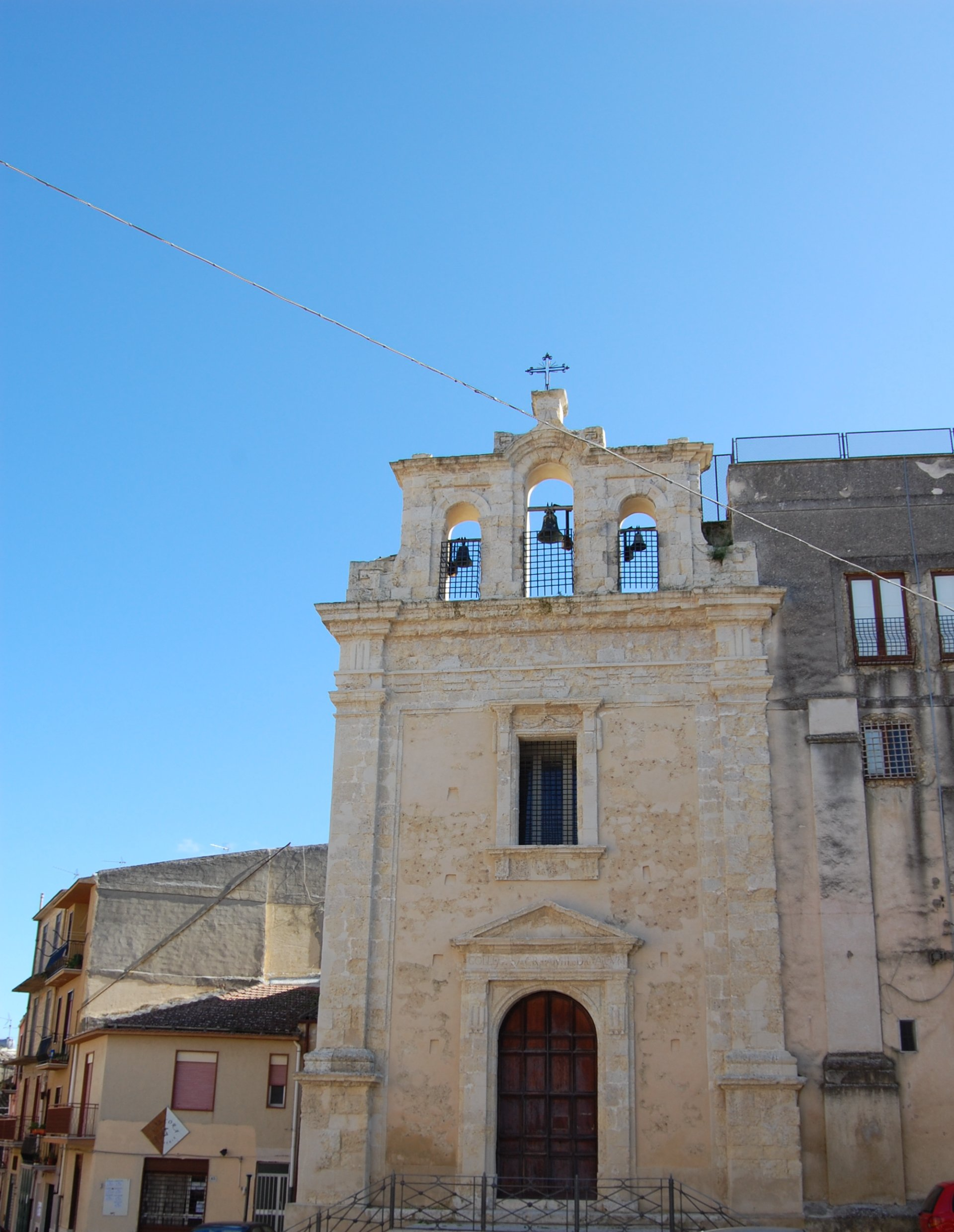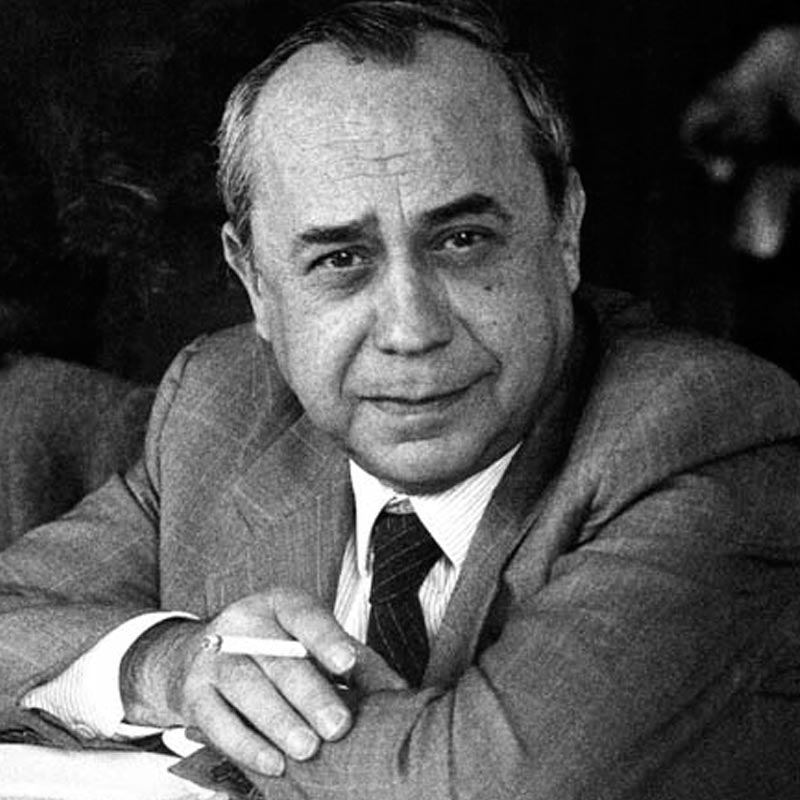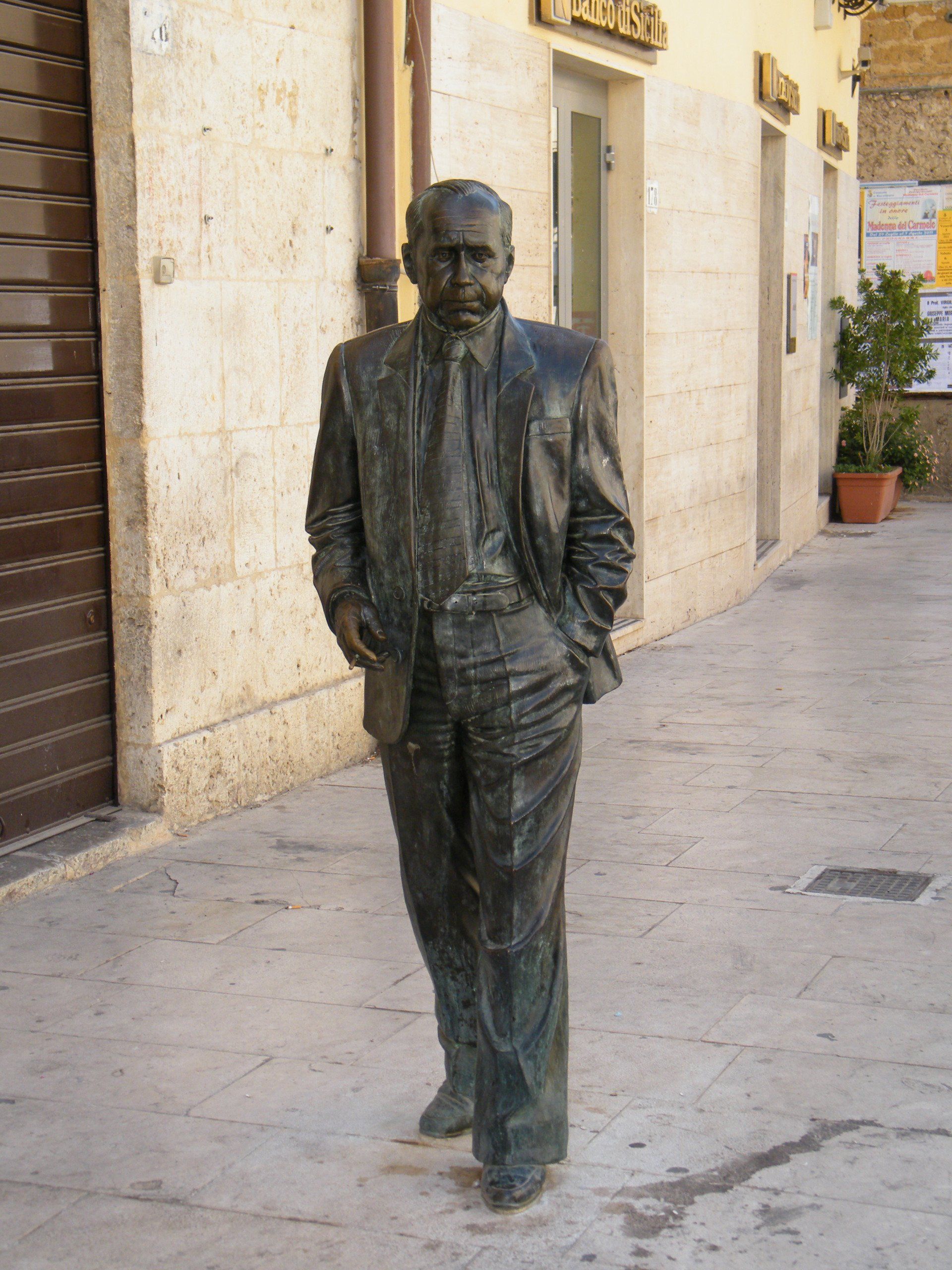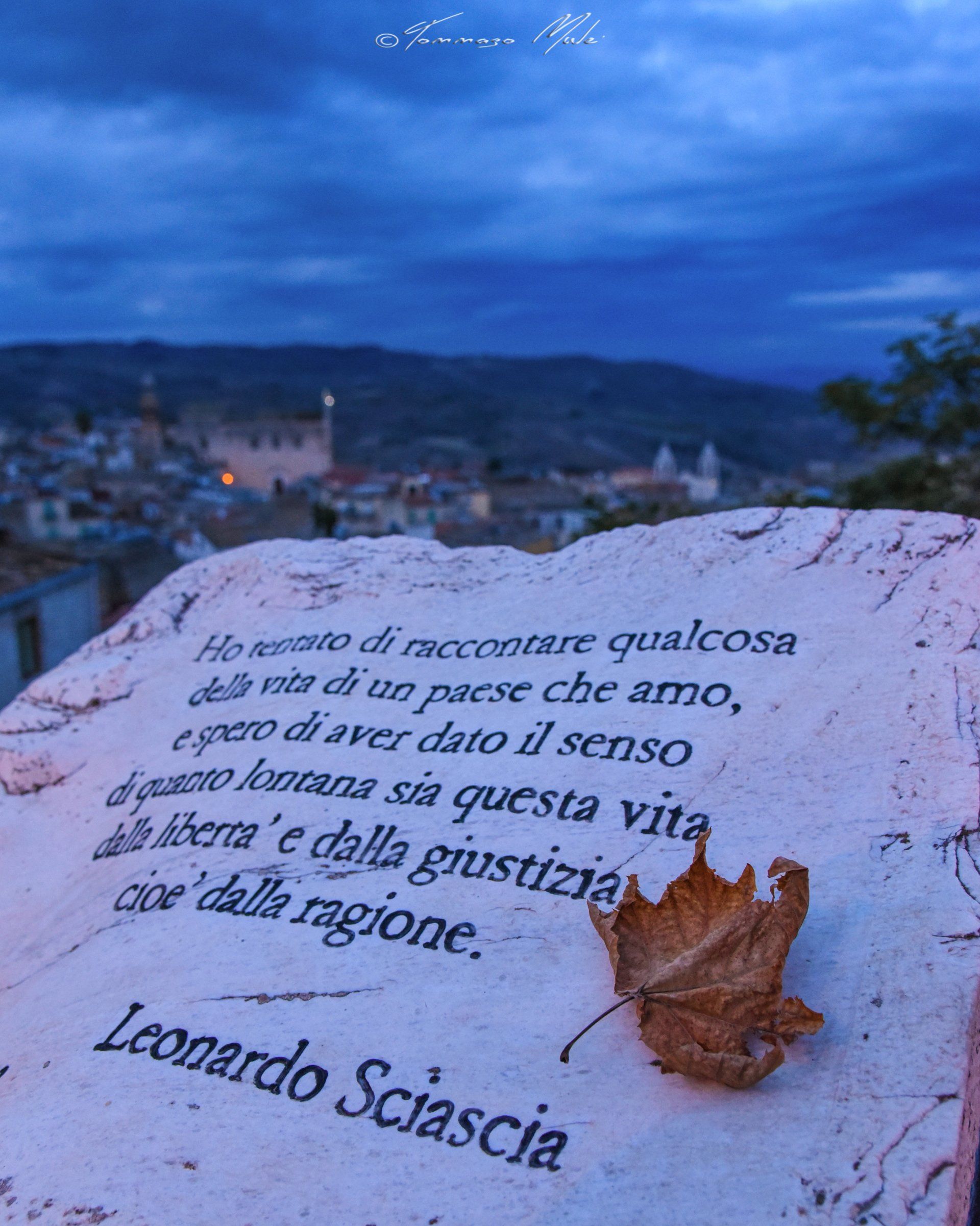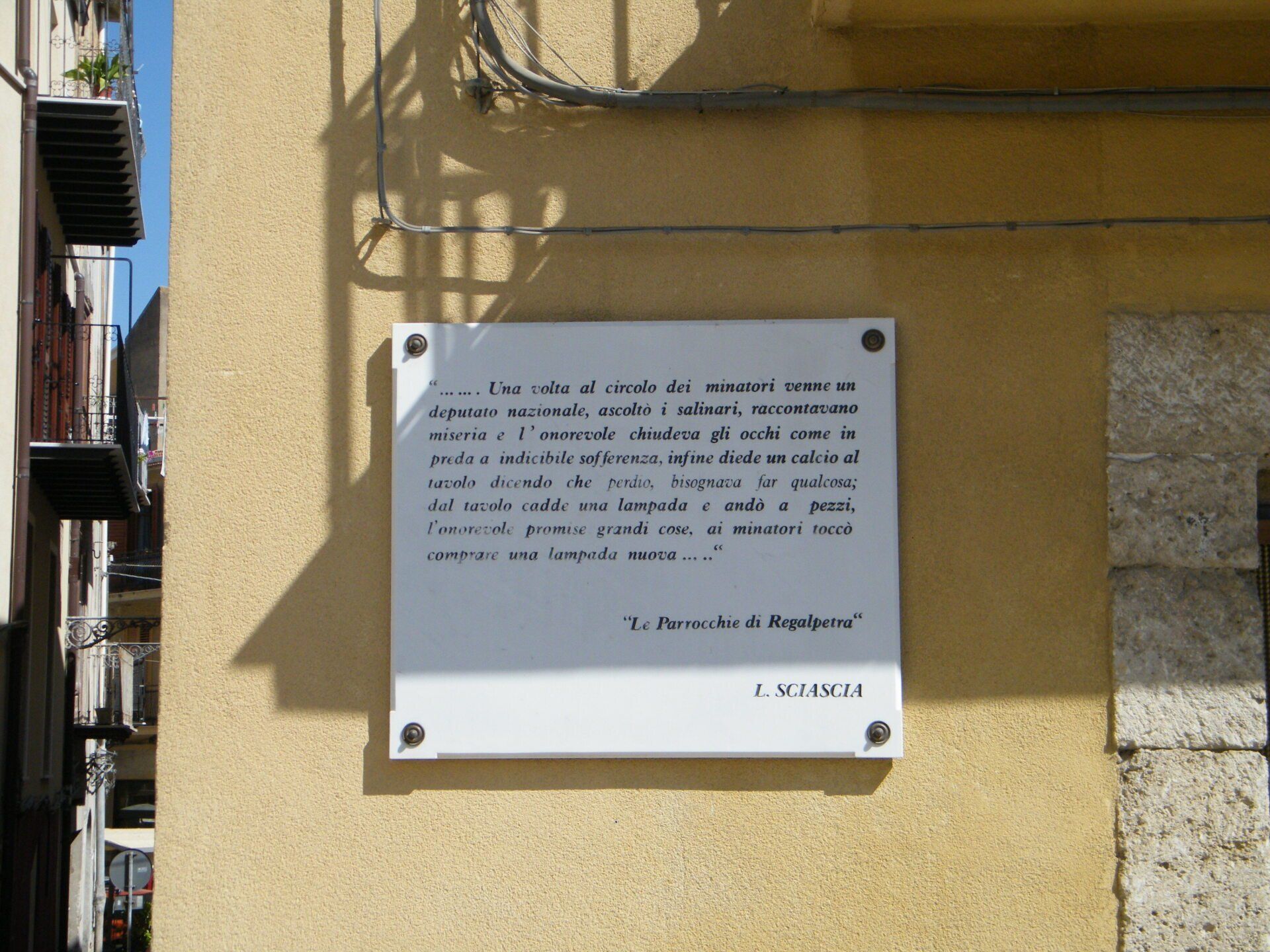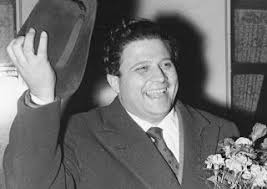Discover
Racalmuto...the place to be
The castles
The Chiaramontano Castle
The Chiaramonte castle has origins dating back to the 14th century, it was built on military wall structures dating back to the 13th century, at the time of the barony of Roberto Malcovenant, a French noble who arrived in Sicily following King Ruggero d'Altavilla. Federico II Chiaramonte, having owned it together with the surrounding fiefdom from Frederick of Aragon, refounded the structure that still dated back to the Malcovenant period at the beginning of the 14th century, making it more imposing and majestic.
The castle building, located in the historic heart of Racalmuto, originally developed on three uniform levels, also similar in the subdivision and succession of the internal rooms communicating with each other and delimiting the internal patio. The walls of the castle, about 2 meters thick, are characterized, in the south wing, by the presence of two large circular towers, the right of which during the last extensive internal restoration was adapted to a lookout. The south-west side is bordered by small buildings and the north side by two rows of twelve windows with a wall enclosing a plot of land.
The monumental complex has recently been renovated with works that have followed one another over time which initially concerned the internal rooms at the end of the nineties of the last century and recently, instead, also the internal courtyard.
The Castle is municipal property and has become a reference point for the various cultural initiatives that take place during the year in Racalmuto.
Gibillina, the Castelluccio Svevo
Built in the thirties of the thirteenth century at the behest of Frederick II, it has the characteristics of the Swabian castles: parallelepiped shape, smooth faces, cantonal with squared ashlars.
It fulfilled multiple functions: the management center of the fiefdom, the imperial warehouse for the storage of wheat, the sovereign's solace for falconry.
In the fourteenth century it comes to the Chiaramonte who made changes to the openings.
Belonging to various feudal families, always detached from the fief of Racalmuto, in the nineteenth century it was aggregated to its municipal territory. The last noble family to own Gibillina was the Trigona di Sant'Elia until 1971.
Private property. Consolidation restorations began in 2001.
Text Angelo Cutaia, Historian
9 Cannoli Fountain
It is an architectural work of particular importance, a public work that can still be admired today. It was contracted out, on a project by Fra Vincenzo di Carini, towards the end of 1846 by the mayor Giovanni Scibetta Giudice for a total cost of 426.17 ducats and inaugurated on 12 April 1847. The fountain is fed by the stream, called the canal, whose waters were conveyed downstream of the town in 1875. It is located downstream of the inhabited center, in the middle of the homonymous square dominated by the grandeur of the Chiaramontano Castle and recently restored with a paving in stone slabs that replaced the worn cobblestones. The fountain "di li novi cannola", so called precisely because it has nine water jets, has a rectangular plan with an adjoining watering hole for the animals and a circular washhouse on whose edges you can still admire the rocks dug by the incessant beating of women's clothes . On the façade there is an unfinished blind window and at the top of the closing frame there are as many stone flower vases at the two ends.
Raffo Fontain
The fountain falls in the Raffo district, an area that has enchanting beauties, where the first Arab settlements were located. The word RAFFO, clearly of Arabic origin, derives from GARAF which means abundance of water.
Fountain of St. Matthew
The fountains along the country paths are a typical symbol of the life of the past. Drinking troughs of suggestive beauty quenched the animals' thirst and irrigated the fields such as that of San Matteo, near the raffo and the remains of an ancient ice house
Other Monuments in Racalmuto
"Leonardo Sciascia" Foundation
The Leonardo Sciascia Foundation, a juridically recognized moral body, was established by the Municipality of Racalmuto in agreement with the writer, who gave it a valuable collection of portraits of writers, almost all the Italian and foreign editions of his books, the letters received in half a century of literary activity and about 2000 volumes of his library. The Municipality of Racalmuto bought from ENEL (National Electricity Board) a building that was already the site of a power plant and transformed it, based on a project by the architect Antonio Foscari of the University of Venice, at the headquarters of the Foundation
The Regina Margherita Theater
The municipal administration, mayor Gaspare Matrona approved its construction on 19 December 1870. The area of the garden of the Monastery of Santa Chiara in 1605 was allocated for the construction of the work, which following expropriation, had been used for public use. The theater was inaugurated on November 9, 1880, in the presence of the then Minister of Public Works Francesco Paolo Perez. With 250 seats, a mystical pit, two tiers of boxes and a gallery, it was designed by the architect Dionisio Sciascia, a pupil of Filippo Basile who had a in turn designed the Massimo theater in Palermo, and perhaps for this reason it is called “The little Massimo”.
Leonardo Sciascia Statue
The three-dimensional bronze sculpture by Leonardo Sciascia is a work of the racalmutese sculptor Giuseppe Agnello. It was inaugurated on 25 October 1997 and placed on the sidewalk in the historic center, along Corso Garibaldi, in front of the former Banco di Sicilia, near the Mother Church, a site where the writer could often be met. The sculpture offers a realistic image of Sciascia as he walks, holding his inseparable cigarette between his fingers and is represented at a man's height, giving the suggestion that he is still among his people.
Anita Sciortino
Cathedral of S. Maria dell'Annunziata
On 20 June 1620, it was blessed by the Bishop of Girgenti and definitively elevated to the Mother Church. The Mother Church is the largest place of worship in the country with its 50 meters. long and 16 wide. The main façade falls on Corso Garibaldi, not far from the Chiaramontano Castle. The external facade, in Gothic style, divided into three sectors, is characterized by the two bell towers 50 meters high, which stand sideways and are surmounted by spiers and pinnacles. A mechanical clock is placed on the high wall of one of the towers while on the other bell tower there is the sundial. Interesting details of the central facade are the portal, the iron door donated in 1871 by the Administration of the Heirs of Don Calogero Mantia, the blind arch decorations with double lancet windows, the eight-lobed central rose window and the lunette on the pediment pediment triangular. The church has three naves with two rows of columns that support the round arches. The interior is full of stuccos, a great profusion of gold, cherubs and bas-reliefs made by F. Lebrotti (seventeenth-century baroque). Of great artistic value is the frontal of the altar in embossed silver (1750) decorated in gold, overlooking the central altar, all in polychrome wood, the statuary group of the Annunciation and the Archangel Gabriel. Of great value is a silver reliquary, containing the relics of Santa Rosalia. Inside the Matrix there are important paintings by the Racalmutese painter Pietro D'Asaro that they represent. Of paramount historical importance is the Parish Archive kept within the Matrix.
Sanctuary Maria SS. del Monte
In the 15th century a small church was erected on the top of a hill called "lu Munti", on the western outskirts of the town of Racalmuto. A spring of water flowed near said church. Tradition attributes the dedication to St. Lucia but there is no valid documentation. In 1543 the Church bears the name of Santa Maria di lu Munti. The current church was built with the title of "Maria SS. Del Monte" between 1736-1747 by the priest Pietro Signorino. Therefore the old church is demolished except for the bell tower which will remain in place until the early 1800s when a new one is built which is suitable for the structure and proportion of the church. On 12 June 1938 the coronation of the Madonna del Monte was celebrated as Queen of the town of Racalmuto. The bishop of Agrigento Mons. Giovanni Peruzzo placed the golden crowns, obtained from the fusion of the ex voto, on the head of the Child and the Virgin Mary. On May 24, 1940 the Church was awarded the title of Grand Shrine. In 1988, fifty years later, the Madonna was crowned again.
The Sanctuary is accessed through two entrances: one, the main portal, which opens into a small circular churchyard, "Firriatu di lu Munti" from which a large and long staircase (late 18th century) "Scalinata di lu Munti" , delimited on the sides by thick and high walls, connects the Church to "lu Chianu di la Batia", today Via Vittorio Emanuele. The second access leads from Largo Monte. The building, in Baroque style, has the main facade divided into three trabeate sections with, on the external sides, pilasters that support the crowning tympanum with a lowered arch, perforated in the center by a stone rose window. On the top of the prospect, there is a marble reproduction of the Madonna del Monte weighing 7 quintals placed there in 1958. The bell tower, high above the ground, was built in blocks of square stone and inspired by Moorish models: tower shape with square plan. Entering from the main entrance, the attention is struck by the monumental wooden high altar, six meters high, inaugurated in 1777 and erected by Antonino Lo Brutto. It has a staircase that converges from the canteen of the sacrifice towards the throne of the Virgin, which can be reached by climbing twelve steps, the rise of which is garnished with glass tiles of different shapes and colors. It houses the marble Gaginian statue of the Virgin with the Child Jesus in her arms who arrived in Racalmuto in 1503. The Virgin is surrounded by nine angels. The side walls of the apse are occupied by two large canvases by an unknown author of the "600, depicting the story of the coming of the statue of the Madonna in Racalmuto. A wonderful fresco, which reproduces the assumption by Titian, dominates the large nave. Currently the Church has on its right side the altars dedicated to San Giuseppe, Santa Lucia, the Immaculate Conception, the Madonna del Rosario. On the left are the altars dedicated to San Francesco di Paola, the Crucifix and the Addolorata, the Resurrection and the urn of the dead Christ. On the same side there are two oil paintings on canvas: the first represents the Virgin who appears in San Biagio, attributed to the racalmuto painter Pietro D'Asaro, dated beyond 1623. Following the wall you can see a funeral monument in marble where they are preserved the ashes of Father Elia Lauricella. After the side entrance there is an alabaster bas-relief from the 1500s which in the central part represents the Resurrection of Jesus. Around six panels depict scenes of the passion of Jesus. The work is enriched with frames, pilasters and decorations
Church of S. Giuseppe
It rises as an Oratory erected by the Ven. Compagnia di San Giuseppe in the second half of the 17th century. In 1736 the construction of the new church began, completed in 1760. Improvements were made to the church in the following years, both inside and in the main façade, until 1801. In 1934 the bell tower was reformed which was enlarged and raised to give placed on a third bell which is blessed on May 30, 1935. The Church is located in Piazza Umberto I, near the Chiaramonte Castle, has a main entrance, enriched by the stone carving of the door and by its decoration. It also has a side entrance and a third one that leads into the sacristy. The high altar has niches at the top where are the images of some Holy Martyrs. The altars, seven in number, are: the high altar dedicated to St. Joseph, the others dedicated to the Madonna of Fatima, to the SS. Heart of Jesus, to the Good Shepherd, to the SS. Crucifix, at the Ecce Homo and Santa Rita. Among the artistic testimonies, inside, you can admire six medallions painted in oil on canvas. The picture of Our Lady of Sorrows, placed at the foot of the Crucifix, is the work of the racalmuto painter Vincenzo Lipani (1761).
Church of Madonna del Carmelo
The sepulchral inscription still visible inside the Church of the Madonna del Carmelo, dedicated to the Prior Paolo Fanara, prior from 1575 to 1621, is the most significant testimony to dating around the mid-16th century the construction of the Convent of the order of the Carmelites attached to it. The Church At the beginning of the seventeenth century it is enriched by two valuable paintings by Pietro D'Asaro: the Holy Family and the Crucifix with the Holy Helpers. The Church, in 1935, welcomes in its most capable seat the Parish of Santa Maria della Rocca and in 1949 is elevated to Parish with the title of B.M.V. of Mount Carmel. The church is located in the highest part of the town, in the Carmel district. It is accessed by an external staircase with two opposite ramps protected by an artistic iron railing. On the façade, occupied by twin pilasters that support the triangular tympanum surmounted by a wrought iron cross, a large portal opens topped by a window. The bell tower rises back from the facade with a clock ending in a pyramid. The interior has a Latin cross, with a single nave ending in a presbytery with a circular apse. At the entrance is the sarcophagus in red granite, resting on two panther-shaped supports, where Girolamo II Del Carretto is buried, murdered in 1622. On the apse wall there is the central altar in polychrome marble surmounted by a niche in which houses the statue of the Madonna del Carmelo that delivers the Sacred Scapular to San Simone Stock. At the side altars are placed, on the left, the statues of St. Joseph, the Immaculate Conception, St. Teresa of the Child Jesus, St. John the Baptist and on the right the St. Heart of Jesus and St. Spiridione. Also inside you can admire the painting by De Bernardis representing the vision of Christ in Santa Maria Maddalena De 'Pazzi (1786). The rite of the Crucifixion of Jesus on Good Friday is linked to the Church: above the staircase, which symbolizes Golgotha, the Nazarene is put on the cross.
Church of S. Francesco and Convent
There is no certainty on the date of the foundation of both the Church and the adjoining Convent of San Francesco, since, as Cagliola, a Franciscan conventual father, writes, "at the time of the plague they had to disperse the archive documents". The oldest document dated 1545, a legacy in favor of the said Convent; moreover an important testimony is provided by the will of Giovanni III del Carretto of 1560 in which the baron has his burial in the church of San Francesco. So the Church and Convent were already in existence in the first half of the 16th century. The building, however, was never completed even if in the early 1900s Father Cipolla proposed the restoration and completion of the temple. In 1926 the marble altars of San Calogero and Sant'Antonio were erected. The Convent of San Francesco remains the only building of the '500 that has preserved its architectural line intact even if after the suppression it underwent changes following its destination in prison in the 19th century and in the first half of the 20th century.
The church stands in Piazza San Francesco, is named after the saint of Assisi and the Immaculate Conception and San Calogero are also venerated. The incomplete and unadorned façade is delimited on the sides by sturdy cantons in square stone boulders. At the top of the pediment, in a central position, there is a window without window frames with two other smaller sides. Remained incomplete compared to the initial project, it is an original church for the rectangular open-air entrance where the space is divided into three round arches supported by quadrangular columns. Inside the church, a Latin cross, you can admire a monumental wooden high altar of the Ortisei, at the top of which is the statue of the Immaculate Conception. We also appreciate: an artistic variant with the Immaculate Conception, also in Ortisei wood; a painting depicting the Transverberation of San Francesco d'Assisi, dated 1835, by the painter Carmelo De Simone; a canvas depicting San Bonaventura by the painter Marco Martino, dated 1831; a small wooden statue of the Immaculate Conception, placed in the sacristy and a valuable ancient bellows organ.
Church of S. Giuliano
It was built during the 16th century but the entire project was never carried out. In 1614, the homonymous Convent of the Reformed Augustinians of San Adriano was annexed to the Church, promoters of the Count Girolamo del Carretto and friar Evodio Di Polizzi; the Augustinians stayed there until the late 1700s. In 1935 the Church was elevated to a parish. The interior has a single nave. The main marble altar has a canteen which rests on two red marble columns on each side ending with ornate capitals. On the apse we find a niche, inside a small temple with two series of columns on each side which support a triangular tympanum, in which the statue of Maria SS is located. of the Graces. On the altar dedicated to San Giuliano you can admire the painting representing the saint, painted in 1608 by Pietro D'Asaro. Also interesting are a painting of the Madonna della Cintura and a wooden statue of San Marco
Church of S. Michele Arcangelo
Founded by Sac. Fr Gerlando Morreale, who with testamentary disposition of 1642 appoints "particular heir to the Church BS Michele Arcangelo", although incomplete in 1649, will host the Congregation of the Holy Souls of Purgatory which will be evicted in 1797. In the same year the Church is also barred from due to poor factory conditions. In the early nineteenth century it was rebuilt for will and testamentary benefit of Baron Giuseppe Tulumello, with the condition that the Church remain for the exclusive use of the Collegio di Maria founded in 1792. Since then it is commonly called "Collegio Church". The new church received the inaugural blessing on November 12, 1808. Improvements were made between 1885 - 1897: the marble flooring was redone and the chapel of the Sacred Heart of Jesus was built and the wooden altars of San Michele Arcangelo, of the SS . Crucifix and Assunta. The mortal remains of the founders were buried in the Church
8.338
RACALMUTISI PEOPLE
455
MT. ALTITUDE
18
KM from AGRIGENTO,
TEMPLES and
from the SEA
92020
POSTAL CODE
LEONARDO SCIASCIA
Writer
Leonardo Sciascia was born in Racalmuto, on January 8, 1921, the first of three brothers. The mother comes from a family of craftsmen, the father is employed in one of the area's sulfur mines. Sciascia spends most of his childhood with his grandfather and aunts and their memory will often recur in the numerous interviews subsequently released by the author, in which he will also explain the deep connection with Sicily of the sulfur mines, to which his grandfather and father. At six years old Sciascia starts school. From the age of eight he devoted himself intensely to reading all the books that can be found in Racalmuto among the circle of relatives, a hundred publications that managed for a while to appease his reading bulimia. In 1935 the author moved to Caltanissetta with his family and enrolled in the Magistral Institute IX Maggio, where he taught Vitaliano Brancati. The writer will become a model for Sciascia, while at the meeting with the young teacher Giuseppe Granata (future senator of the PCI) Sciascia recognizes the discovery of the Enlightenment and American literature. In 1941 he passed the exam to become an elementary school teacher.
In the same year the writer was hired to store the Racalmuto wheat where he remained until 1948: an experience that allowed him to get to know the Sicilian peasant world. In 1944 he married Maria Andronico, teacher in the primary school of Racalmuto. From her Sciascia will have her two daughters, Laura and Anna Maria. A few years later, in 1948, the suicide of his brother Giuseppe left a profound mark on the author's soul. In 1949 he began teaching in elementary school in his country.
In 1952 Favole della dittatura was published, twenty-seven short texts of highly studied prose. Also in 1952, the collection of poems La Sicilia, his heart, illustrated with drawings by the Catania sculptor Emilio Greco came out. Sciascia won the Pirandello Prize in 1953 for his important critical intervention on the author of Girgenti (Pirandello and pirandellismo). Since 1954 he has been in the direction of «Galleria» and «I quaderni di Galleria», anthological journals dedicated to literature and ethnological studies. In those years he frequented the Caltanissetta of Luigi Monaco and his namesake Salvatore Sciascia, deriving strong stimuli that translate into frequent collaborations with various newspapers and literary magazines. In the '57 -'58 school year he was posted to the ministry of public education in Rome. His body rests at the entrance to the Racalmuto cemetery
MARCO ANTONIO ALAJMO
Doctor
Marco Antonio Alaimo was born in this country on January 16, 1590. He studied philosophy and made his debut by disputing, so much as to impose himself on his contemporaries. He reached Messina, where the university chair of medicine was famous at the time, and in that university he graduated as a doctor in 1610, just twenty years old. In 1616 he arrived in Palermo and became the first doctor in the city. In 1624, when the ship "Redemption" came to make our island a theater of death and squalor, Marco Antonio Alaimo demonstrated great science and great philanthropy so much that the reporters of the time deserved the title of "Salvatore di Palermo. " With profit he used terebenzine for internal use and prescribed aeration and disinfection with sea water and vinegar. He had important assignments during and after the epidemic, he gave medical clinic lessons at the University of Bologna. The Viceroy of Naples, Giovanni Alfonso Enriquez, named him protomedical of the reign of the two Sicilies. He died at the age of seventy-two in Palermo on August 29, 1662 where he rested in the church of the Agonizzanti, at his expense restored in the last years of his life
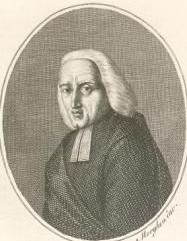
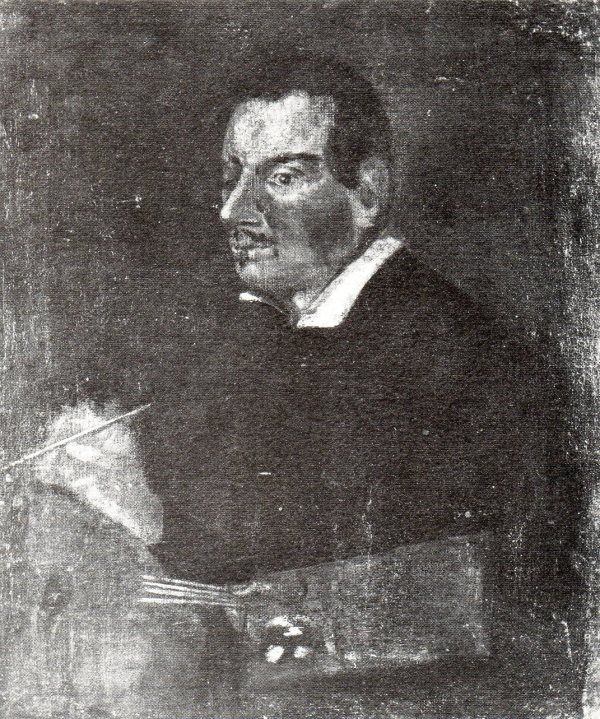
PIETRO D'ASARO
Painter
Pietro d'Asaro was born in Racalmuto on 10 January 1579 from humble parents. Brilliant draftsman and extremely flexible in his artistic work, he was a pupil of the Tuscan Filippo Paladini, and his work was influenced by the late Mannerist culture. He was blind in his right eye. From 1600 to 1607 he made a study trip that, passing through Naples, led him to Rome and then to Genoa where he began to put his work to good use from which he obtained a discrete wealth. Having made a good fortune, the painter returned to Racalmuto around 1609 and lived there almost uninterruptedly until his death. Among his works we should mention: "San Nicolò" (1613), made for the church of the same name in Palermo, "The Martyrdom of the saints San Crispino and Crispiniano" (1618) in Termini Imerese, "The Miracle of S. Isidoro Agricola" (1616) in Barrafranca, "The Immaculate Conception with Saints Francis and Clare", "San Michele Arcangelo" as well as in 1626 the "Madonna della Catena" and "Madonna dell'Itria" all in Racalmuto. Pietro d'Asaro died in Racalmuto at the age of 68 on 11 June 1647.
The Racalmuto Monocle by Maria Pia Demma
LUIGI INFANTINO
Tenor (click and listen)
Luigi Infantino is a tenor born in Racalmuto on April 24, 1921 and died in Rome on June 22, 1991. He was initiated as a boy to the study of music and the flute and became part of the town's musical band. In 1937 he began to study singing with passion, but soon interrupted his studies, having won a musical competition as a flutist in La Spezia in the Regia Marina band. During the Second World War he resumed his studies at the Parma Conservatory, together with Italo Brancucci, debuting at the Teatro Regio in La Bohème in 1943 and in 1945 at the Teatro San Carlo in Naples and the following year, on tour with the Neapolitan theater company. , at the Royal Opera House in London with Rigoletto, followed by La Bohème. In 1947 he was hired at the New York City Opera, interpreting La Traviata, Rigoletto, Madama Butterfly, La Bohème, Il Barbiere di Siviglia, Don Giovanni. It made its debut at the Scala in Milan in 1948, when the Theater was reopened immediately after the repairs due to the damage that the theater had suffered due to the war conflict in I Pescatori di Perle and La Cenerentola, re-proposed the following year at the Verona Arena. In 1949 he gave concerts in England and Australia, in 1953 in Helsinki and in 1954 he performed, alongside Maria Callas, at the Fenice in Venice. In 1961 and 1962 at the Teatro dell'Opera di Roma in Hamlet and in La Stirpe di Davide. He also sang in RAI radio programs, where he performed the last time in Il Diavolo in Giardino in 1973. He leaves us an important musical legacy, but the most precious thing he gave us is his daughter Maria Elena, the result of his marriage to Raina Nikolova, who with her voice and her acting art manages to enchant audiences in important theaters just like her father did.
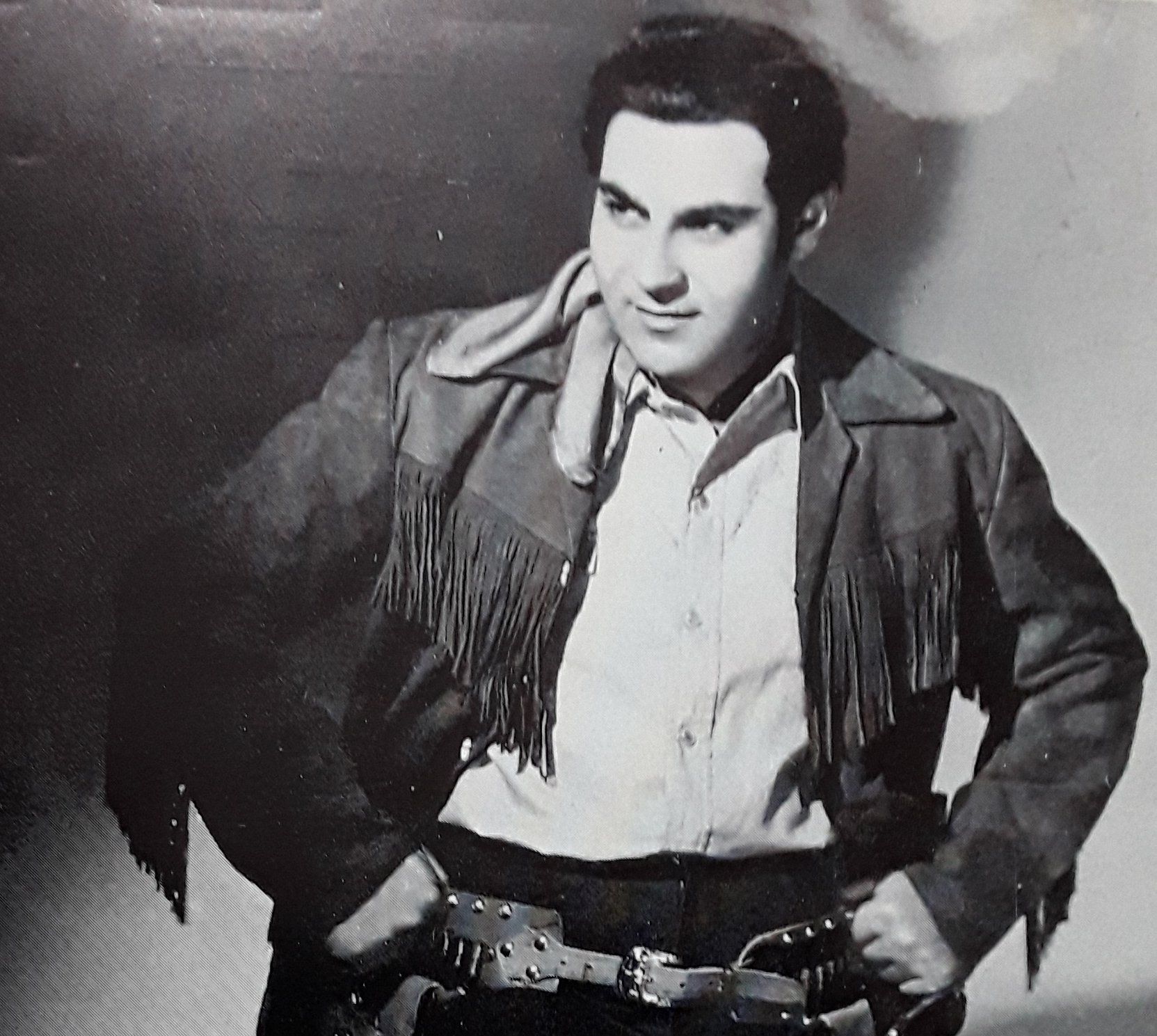
SALVATORE PUMA
Tenor (click and listen)
He was born on May 6, 1920 in Racalmuto and died in Rome in March 2007. He studied singing first in Parma with Isaia Avanzini and then in Milan with the baritone Emilio Ghirardini. He made his debut on April 10, 1949 at the Rossini Theater in Pesaro, with Radames in "Aida". He has performed in the most important Italian theaters: at the Verona Festival at the Arena, at the Puccini Festival in Torre del Lago, in Florence, at the Terme di Caracalla in Rome. He has also performed in Paris, Strasbourg, Vienna, Brussels, Amsterdam, Copenhagen, Malta, Hamburg, Munich, Zurich, Bucharest, Budapest, Sophia, Belgrade, Tokyo, Osaka, in the United States in Philadelphia, in Latin America in Mexico, in Rio De Janeiro and Santiago de Chile. He also performed with Maria Callas. In Mexico, at the end of the fifties, he met Lupita Flores, also known as Maria Guadalupe, whom he married in Milan in 1958, she was a famous interpreter of opera characters, sharing the stage with her husband; thanks to her, who supported her husband's will to donate, an entire collection of costumes and props was donated and can be admired at the Regina Margherita Municipal Theater in Racalmuto. His most important roles were: Rigoletto, Norma, Lucia di Lammermoon, La Traviata, Aida, Pagliacci.

